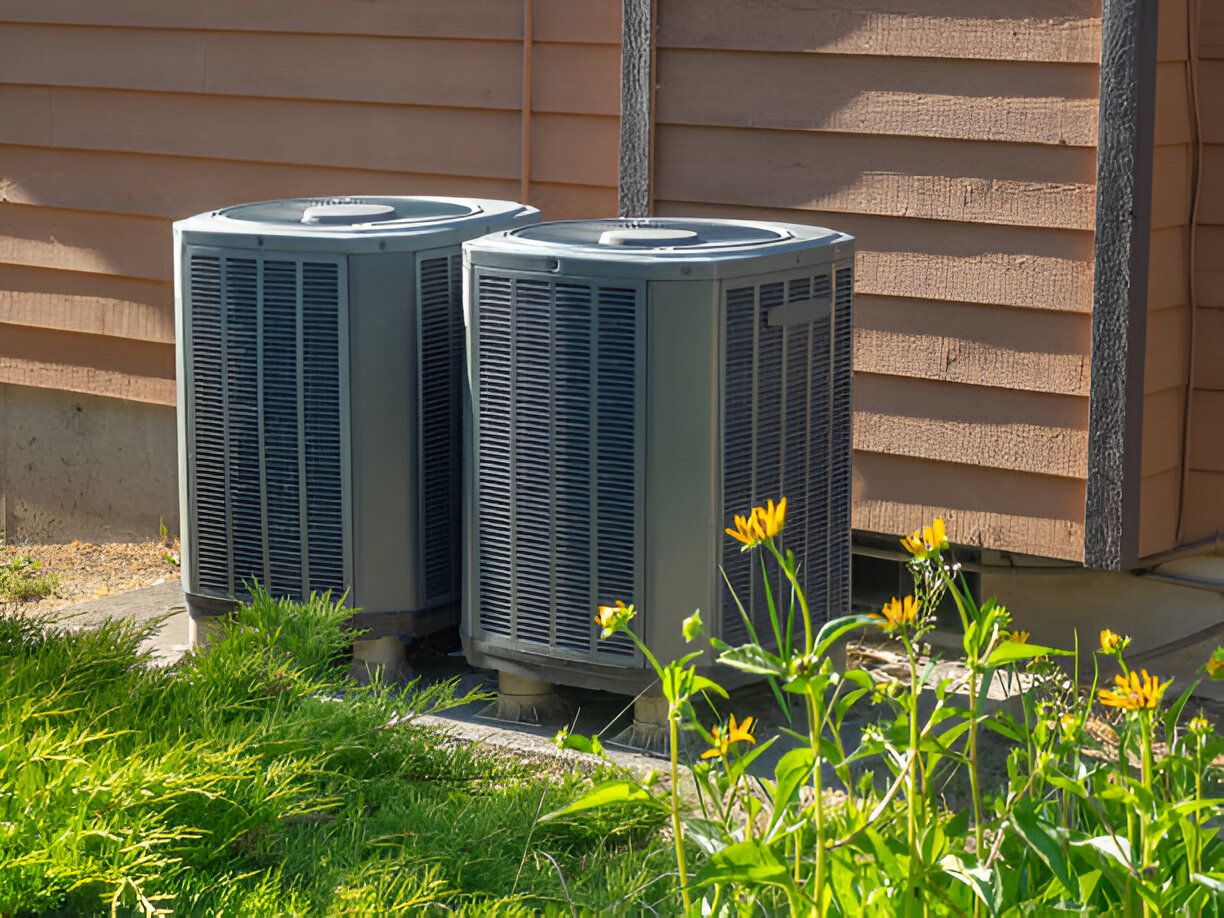Heat Pump Maintenance in Santan Valley, AZ
Keeping your heat pump running reliably and efficiently is essential for Santan Valley homes, where extreme summer heat, persistent dust, and monsoon storms push HVAC systems hard for much of the year. A tailored heat pump maintenance plan provides scheduled seasonal inspections, routine cleaning, component and filter replacement, documented performance checks, and member benefits like priority service and repair discounts — all focused on improving comfort, preserving warranties, and lowering long-term operating costs.

Why a maintenance plan matters in Santan Valley
- High cooling demand in summer raises run time and wear on compressors, motors, and controls.
- Fine desert dust and pollen quickly clog filters and condenser coils, reducing airflow and efficiency.
- Monsoon season can leave grit and debris on outdoor coils and in drain pans, increasing corrosion and clog risk.
- Mild winters mean heat pumps often run year-round for both heating and cooling, making regular service more critical than in colder climates.
Regular, professional maintenance keeps your system performing at designed efficiency, reduces breakdown risk during peak seasons, and provides the documentation many manufacturers require to keep warranties valid.
Common heat pump issues in Santan Valley homes
- Restricted airflow from dirty filters and clogged coils, leading to reduced cooling and longer run times
- Refrigerant leaks or incorrect charge causing poor performance and higher energy use
- Faulty capacitors, contactors, and motors that fail under high summer load
- Clogged condensate drains that lead to water damage or indoor humidity problems
- Thermostat miscalibration or control issues that cause short-cycling or uneven comfort
- Corrosion and debris buildup on outdoor units after monsoon storms
A preventive maintenance plan addresses these typical failures before they become emergency repairs.
What a professional heat pump maintenance plan includes
- Biannual seasonal inspections timed for spring (before peak cooling) and fall (before heating season) to prepare the system for heavy use
- Routine cleaning of outdoor coils, indoor evaporator coils, blower assemblies, and condensate pans
- Filter checks and replacement schedule matched to your filter type and household needs
- Electrical and safety checks including capacitor and contactor testing, terminal tightening, and control verification
- Refrigerant inspection and leak check with performance tuning if charge needs adjustment
- Airflow and thermostat calibration to ensure correct temperature differentials and efficient operation
- Documented performance reports after each visit showing measured temperatures, pressures, amp draws, and recommended actions
- Priority scheduling and member discounts for plan members on service calls, parts, and repairs
- Recordkeeping that supports warranty compliance and provides a service history useful for resale or equipment replacement decisions
Seasonal inspection checklist (what to expect)
Spring visit (pre-summer)
- Clean condenser coil and remove debris around outdoor unit
- Inspect refrigerant pressures and temperature split
- Test compressor and fan motor amperage
- Clean/replace filters and check airflow
- Verify thermostat operation and settings
- Clear condensate drain and check pan for leaks
Fall visit (pre-winter)
- Repeat key checks above plus reversing valve and defrost cycle checks
- Inspect electrical connections for summer stress damage
- Confirm auxiliary heat function if present
- Lubricate motors where applicable
Each inspection ends with a clear, written report of measured values and recommended next steps.
Filter and component replacement schedule
- Filters: Replace or service every 1–3 months for standard pleated filters; high-efficiency or whole-house systems may allow longer intervals but should be checked monthly during dusty months.
- Capacitors and contactors: Inspect annually; replace proactively if showing wear or electrical degradation (common after heavy summer cycles).
- Belts and bearings (if applicable): Inspect each service; replace on signs of wear to avoid sudden failures.
- Drain pan components and traps: Clean at least once per year; more often if homes have higher humidity or pets.
A maintenance agreement sets these intervals and ensures proactive replacements before catastrophic failures.
Documented performance checks you’ll receive
- Measured supply and return air temperatures and calculated temperature split
- Refrigerant pressures and superheat/subcooling values when applicable
- Electrical amperage and voltage readings for major components
- Airflow observations and static pressure notes
- Photographic evidence of any issues and completed workThese records help preserve warranties and create a baseline to detect performance decline over time.
Priority service, member discounts, and warranties
Plan membership typically includes priority scheduling during peak seasons and reduced labor or parts pricing for eligible repairs. Equally important, most manufacturers require routine, documented maintenance to keep warranties active; a professional plan supplies the service records you need in case of a warranty claim.
Long-term cost, lifespan, and energy benefits
- Well-maintained heat pumps typically operate at higher efficiency, which can reduce energy use by roughly 10% to 25% versus neglected systems, depending on age and condition.
- Preventive maintenance reduces the likelihood of major failures and can extend equipment life by several years, delaying expensive replacements.
- Regular tuning maintains capacity and comfort, lowering runtime and electricity peaks that lead to higher utility costs during Arizona summers.
Simple homeowner tips between professional visits
- Replace or check filters monthly during spring and summer; more frequently if you have pets or nearby construction.
- Keep at least two feet of clearance around the outdoor unit and remove grass, weeds, and debris after storms.
- Monitor indoor humidity levels and watch for reduced airflow or unusual noises — early signs that a checkup is needed.
- Use programmable thermostat schedules to avoid excessive runtime while still protecting the system from short cycling.
A formal maintenance plan tailored for Santan Valley provides the seasonal attention your heat pump needs, clear documentation to support warranties, priority help when service is most critical, and measurable benefits in efficiency and lifespan. Regular professional care turns reactive repairs into predictable maintenance and protects comfort, budget, and equipment value over time.






